► Academy of Hotel & Facility Management, Breda University of Applied Sciences, Breda, The Netherlands;
► School of Hospitality and Tourism Management, University of Surrey, Guildford, UK;
► Business School, The Arctic University of Norway, Tromsø, Norway;
► School of Tourism and Service Management, Modul University, Vienna, Austria
ABSTRACT
Collaborative approaches to destination design require conscious and reflexive stakeholder involvement in activities and decision-making. Design science examines these participatory processes by observing design teams in practice. From these observations, researchers have identified design strategies and processes that design teams use to support their work in identifying problems and developing solutions. Observing design processes in tourism destinations provides an opportunity to identify effective co-design strategies for destination design. This study presents three key co-design strategies based on data collected from five living labs in five destinations. Each co-design strategy is presented with a recommended use, suggestions for stakeholder involvement, and activities to develop solutions efficiently and effectively with the available resources. Together, the strategies provide a framework to optimize decision-making in relation to shaping destination design processes and to validate processes and outcomes.

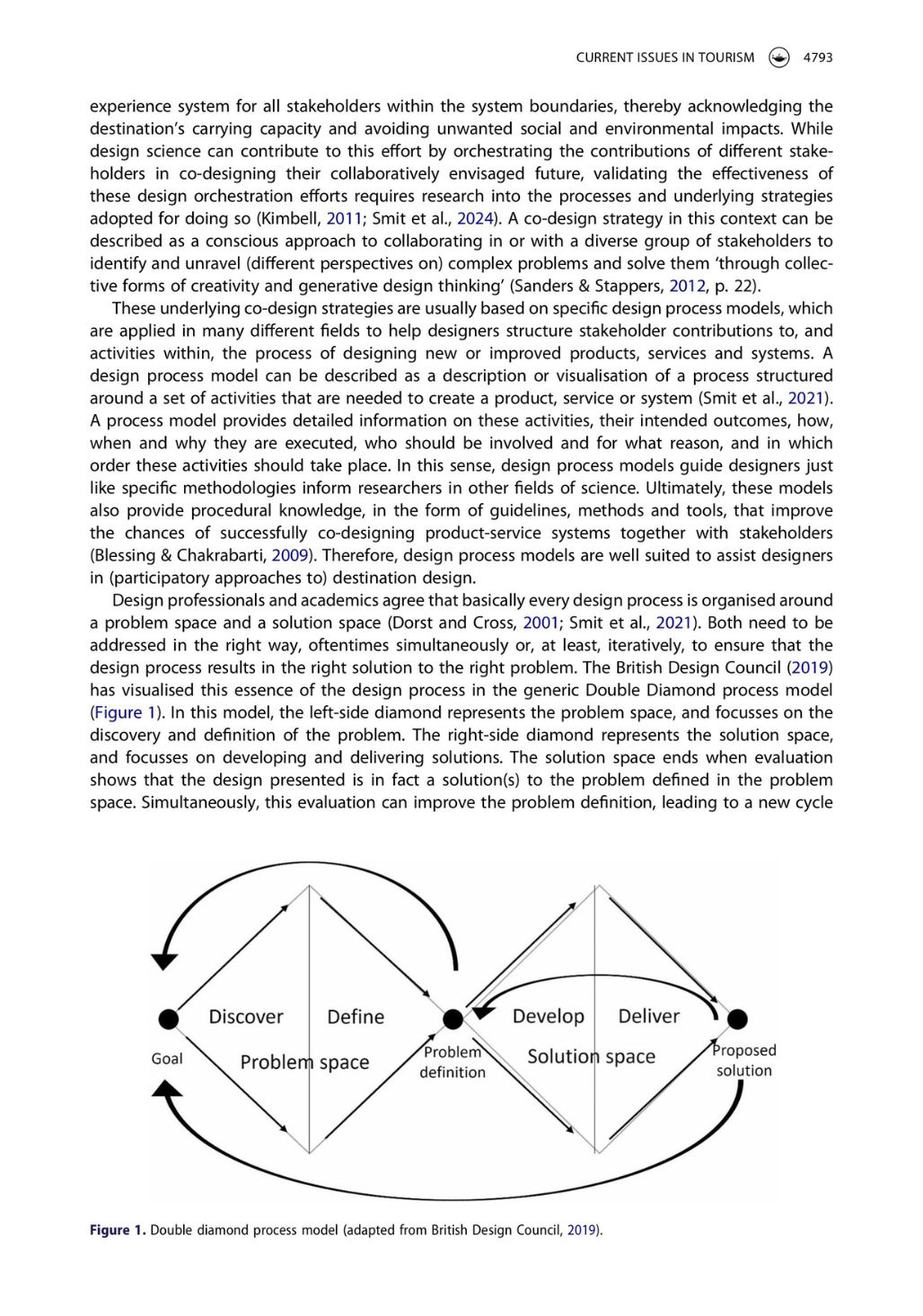
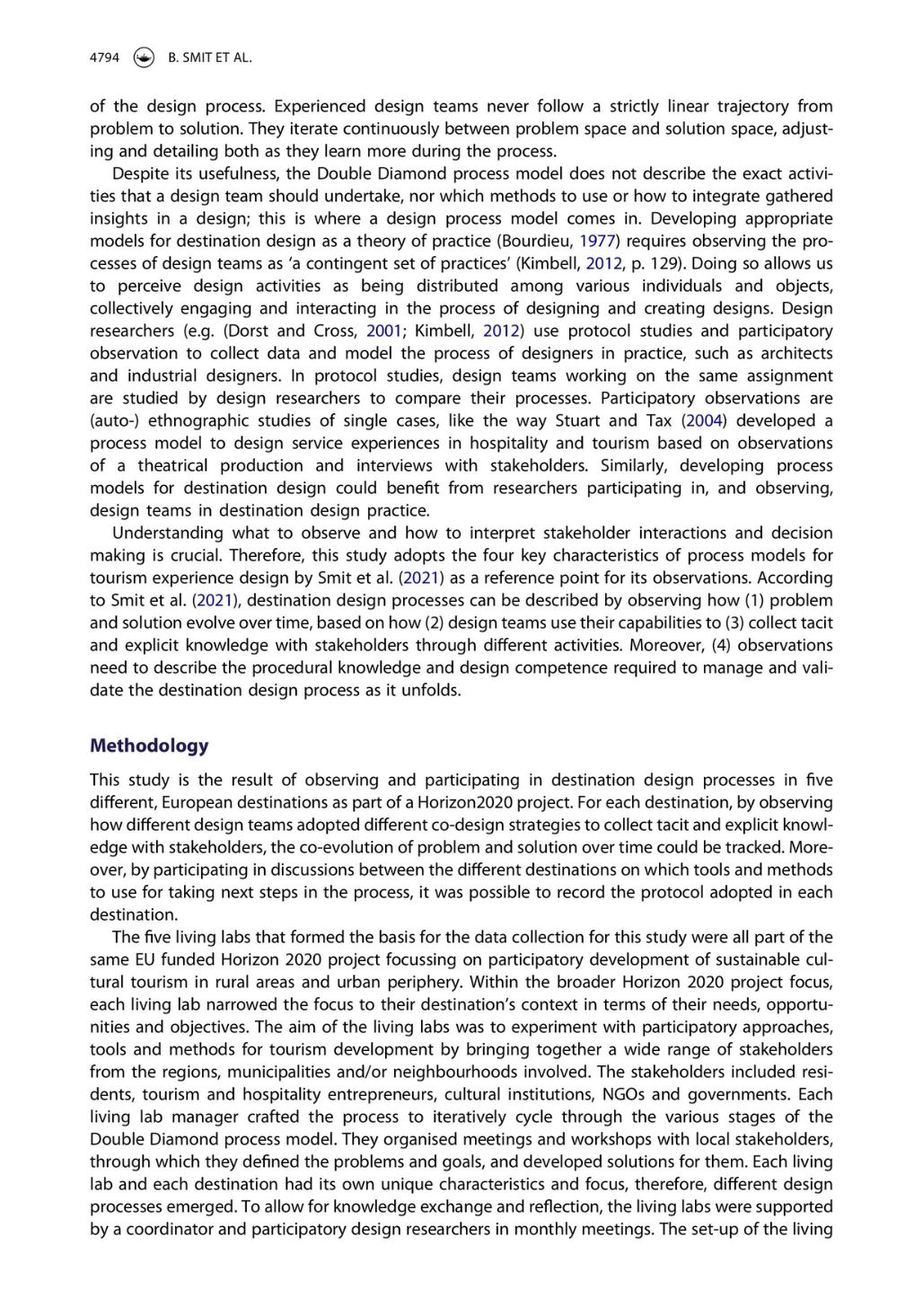
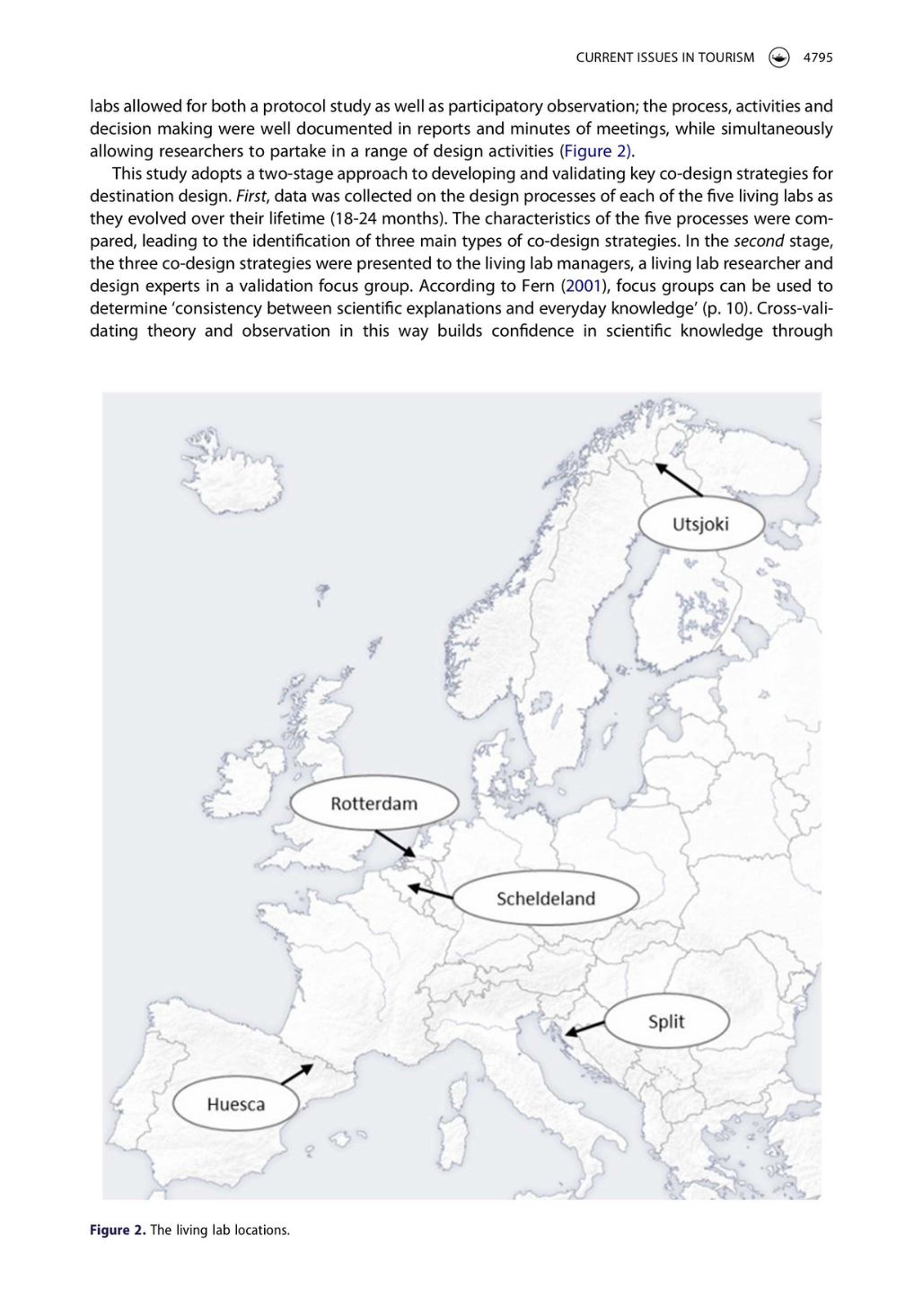
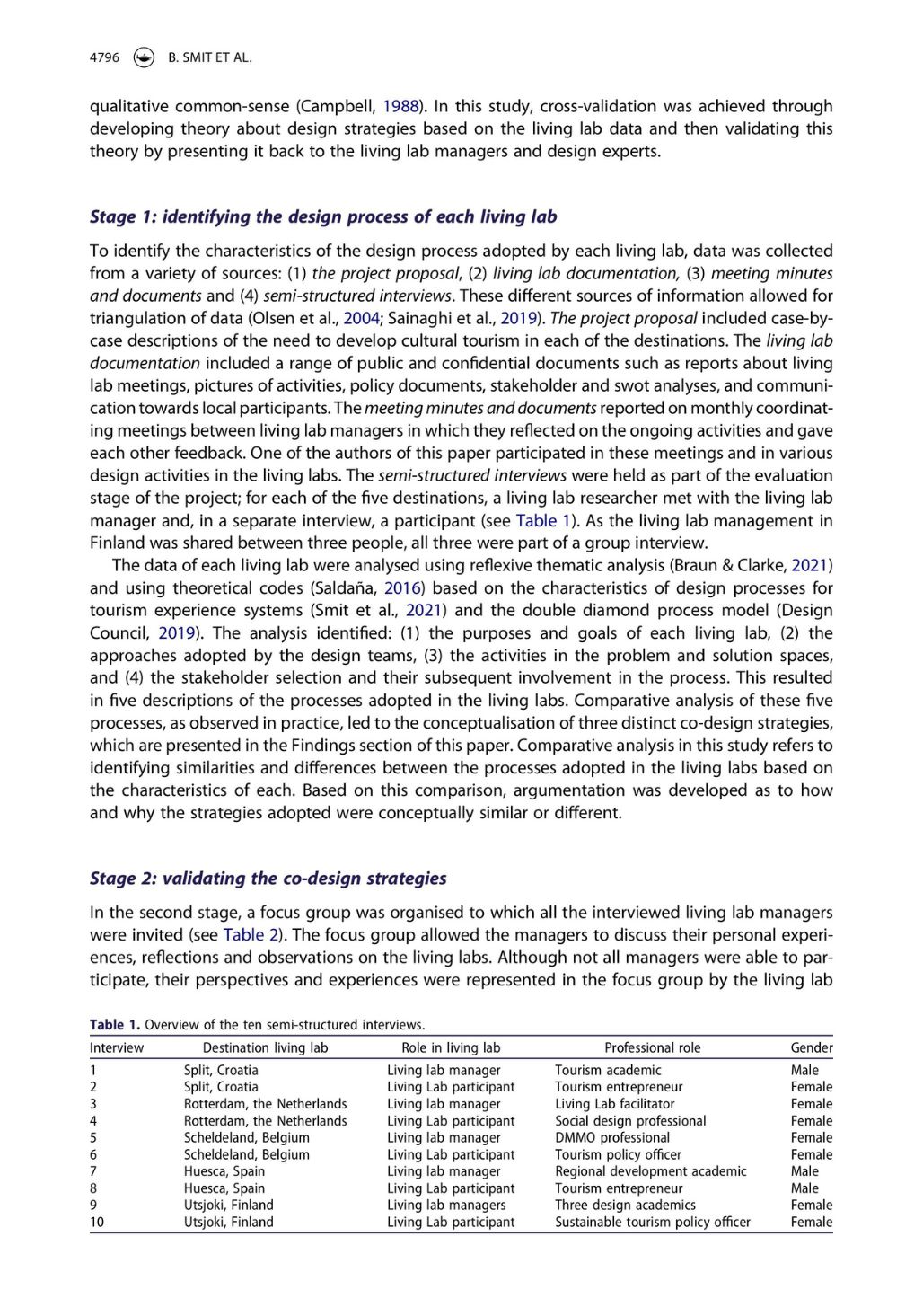

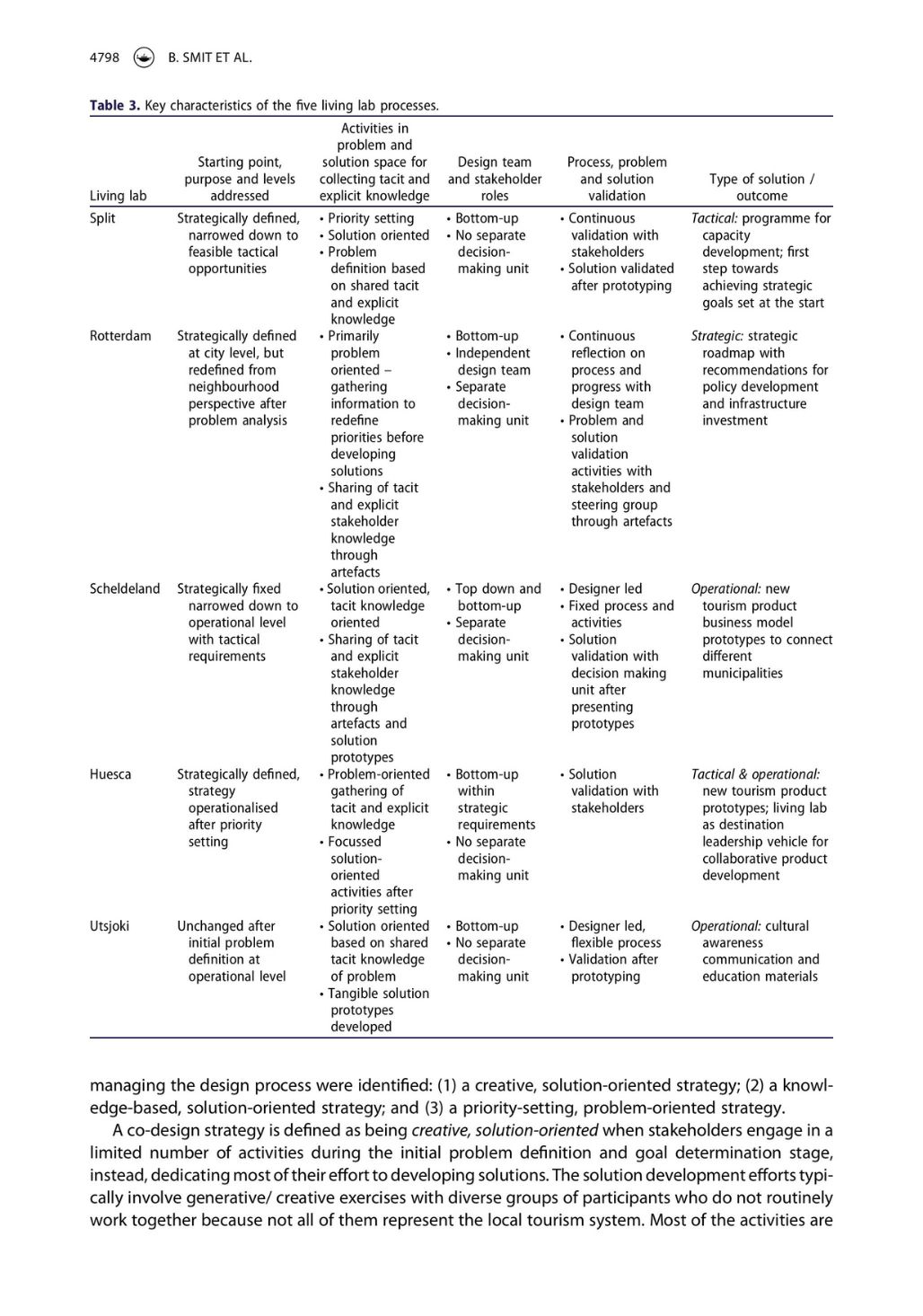
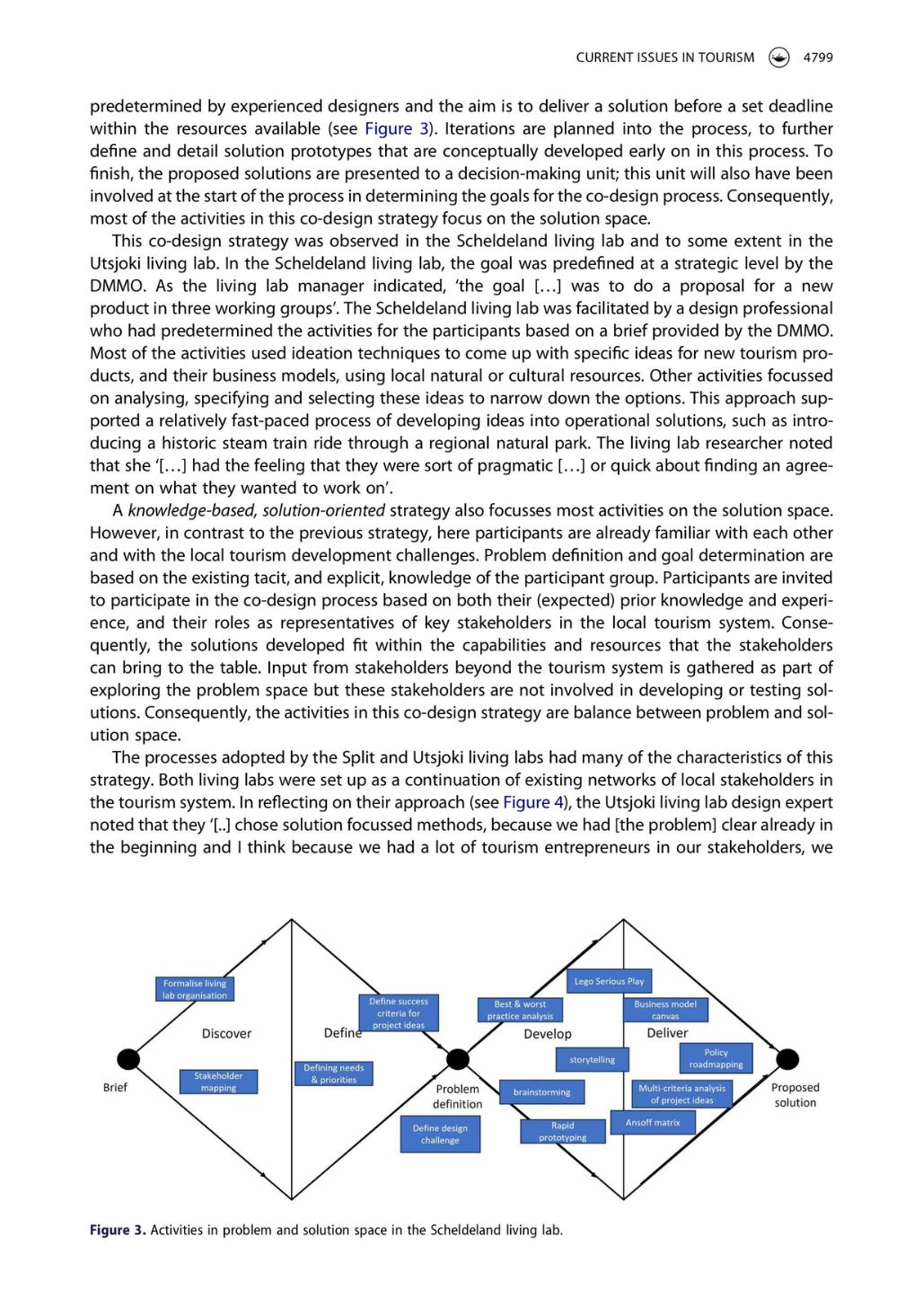

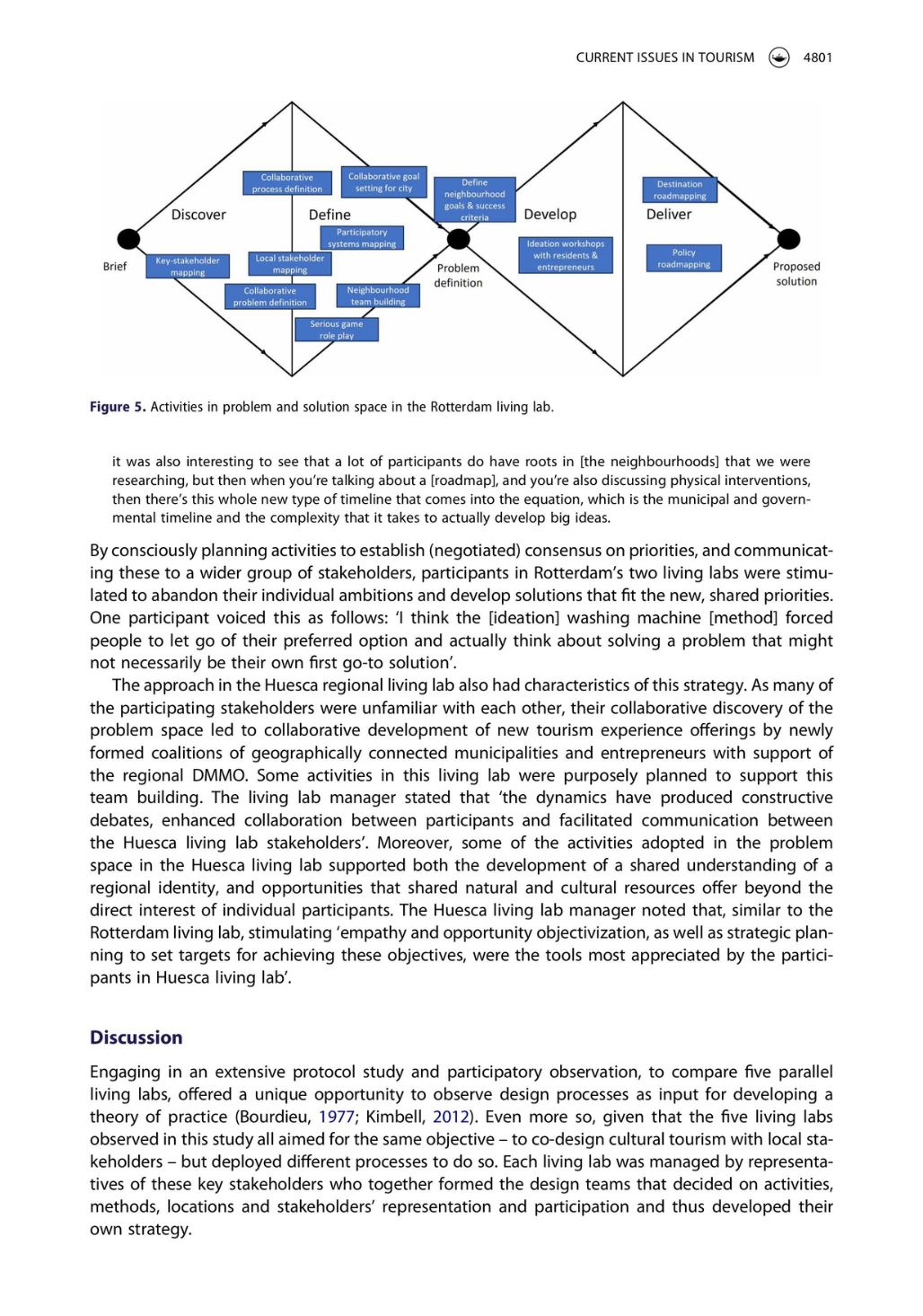
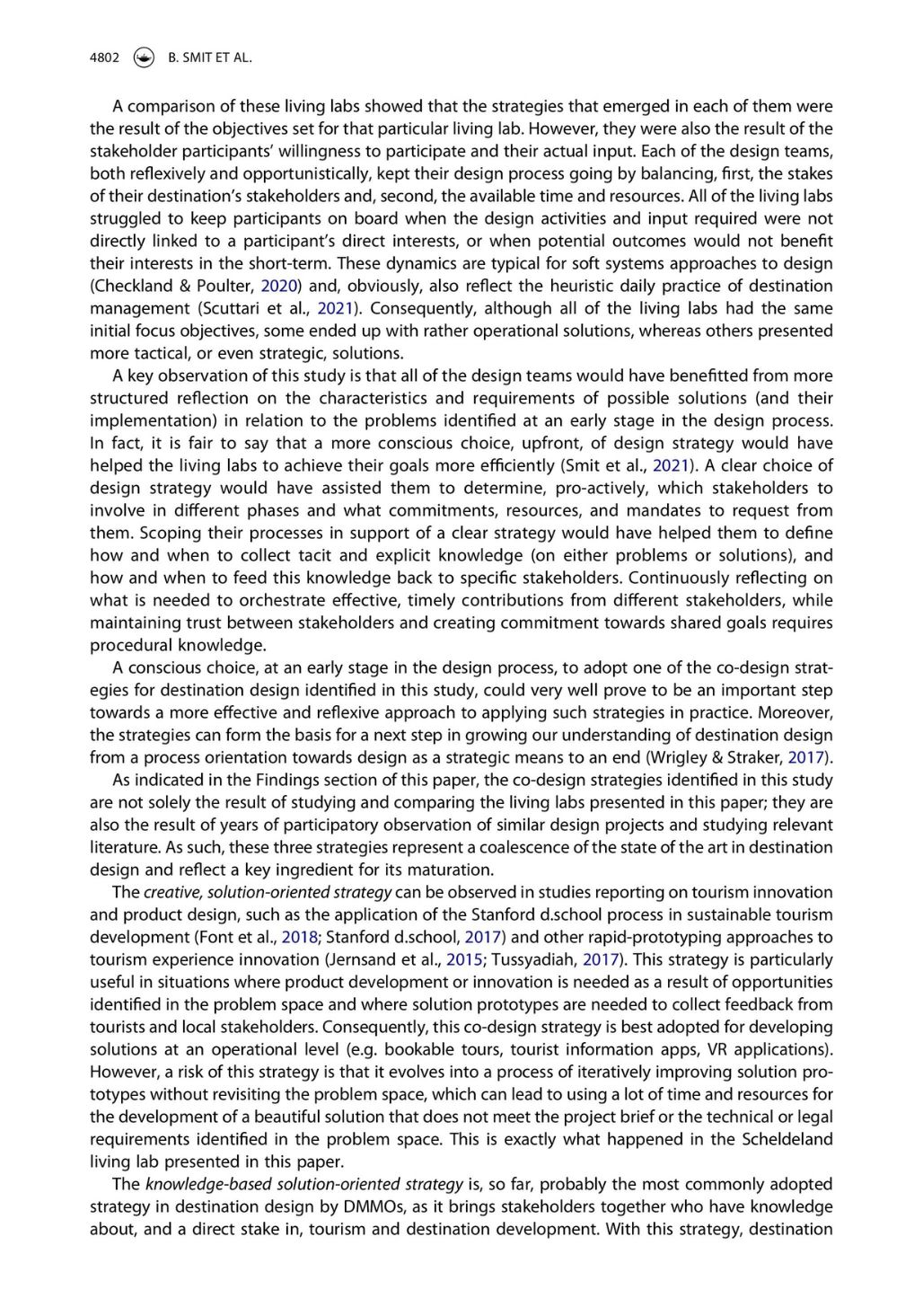

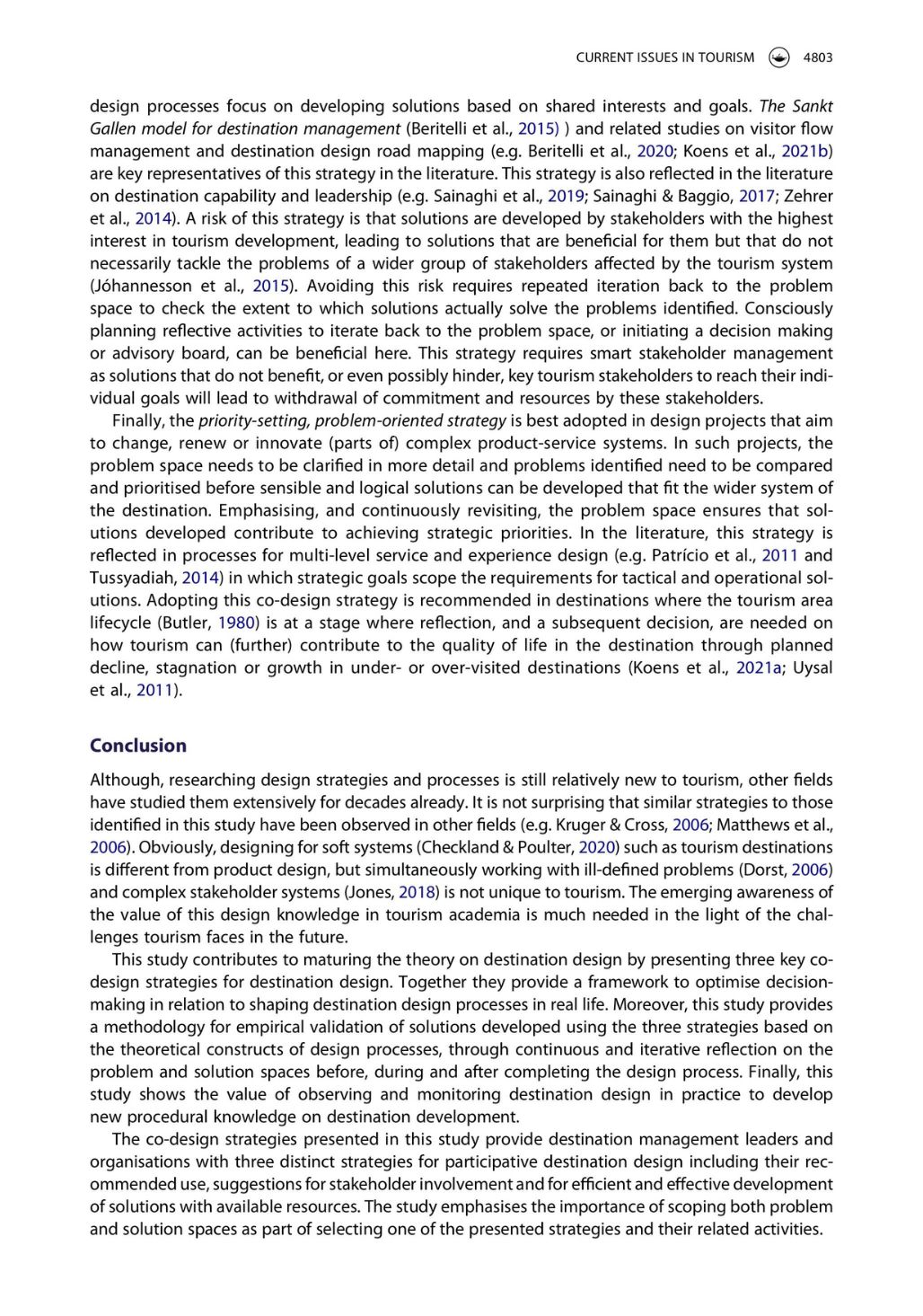
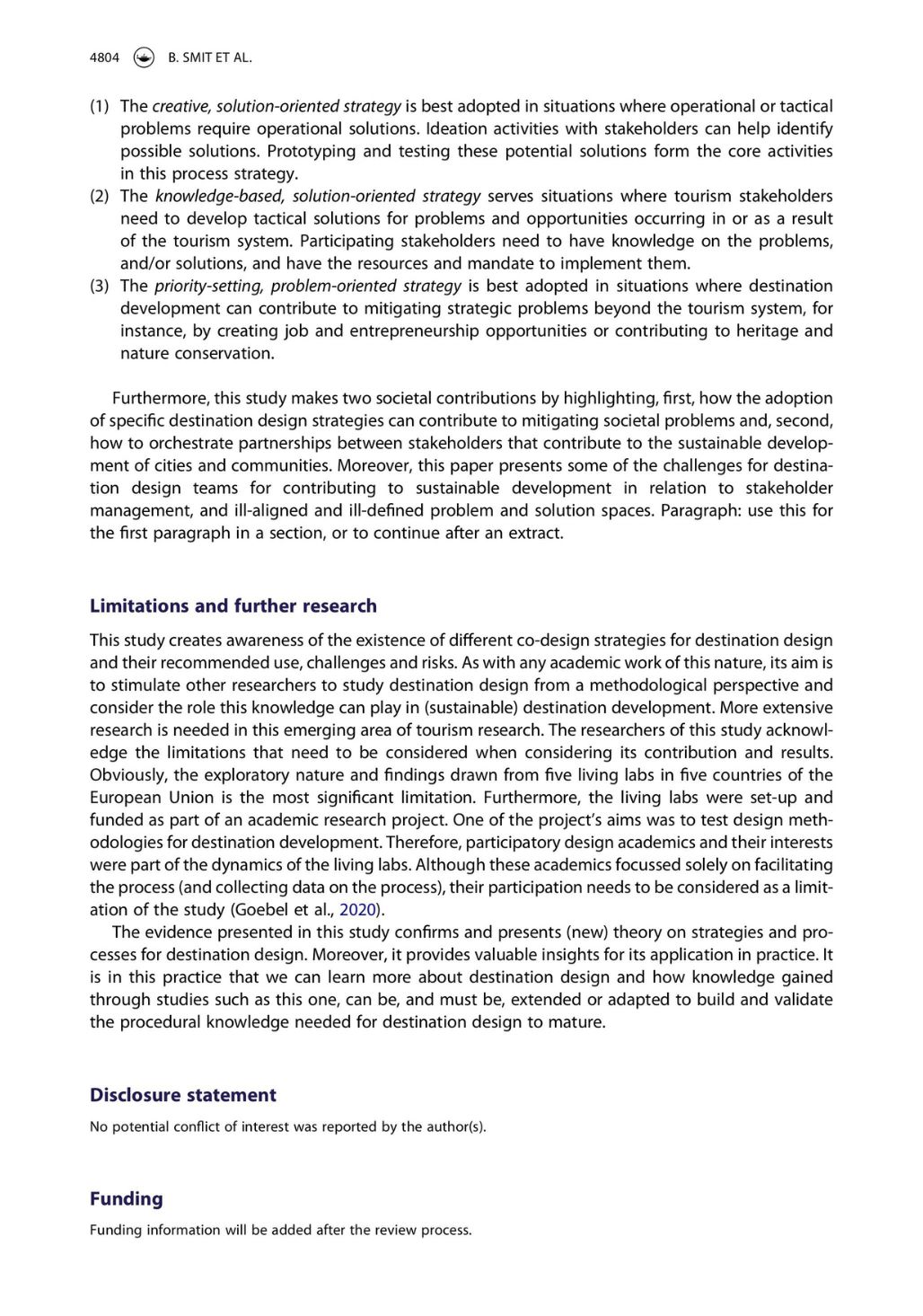

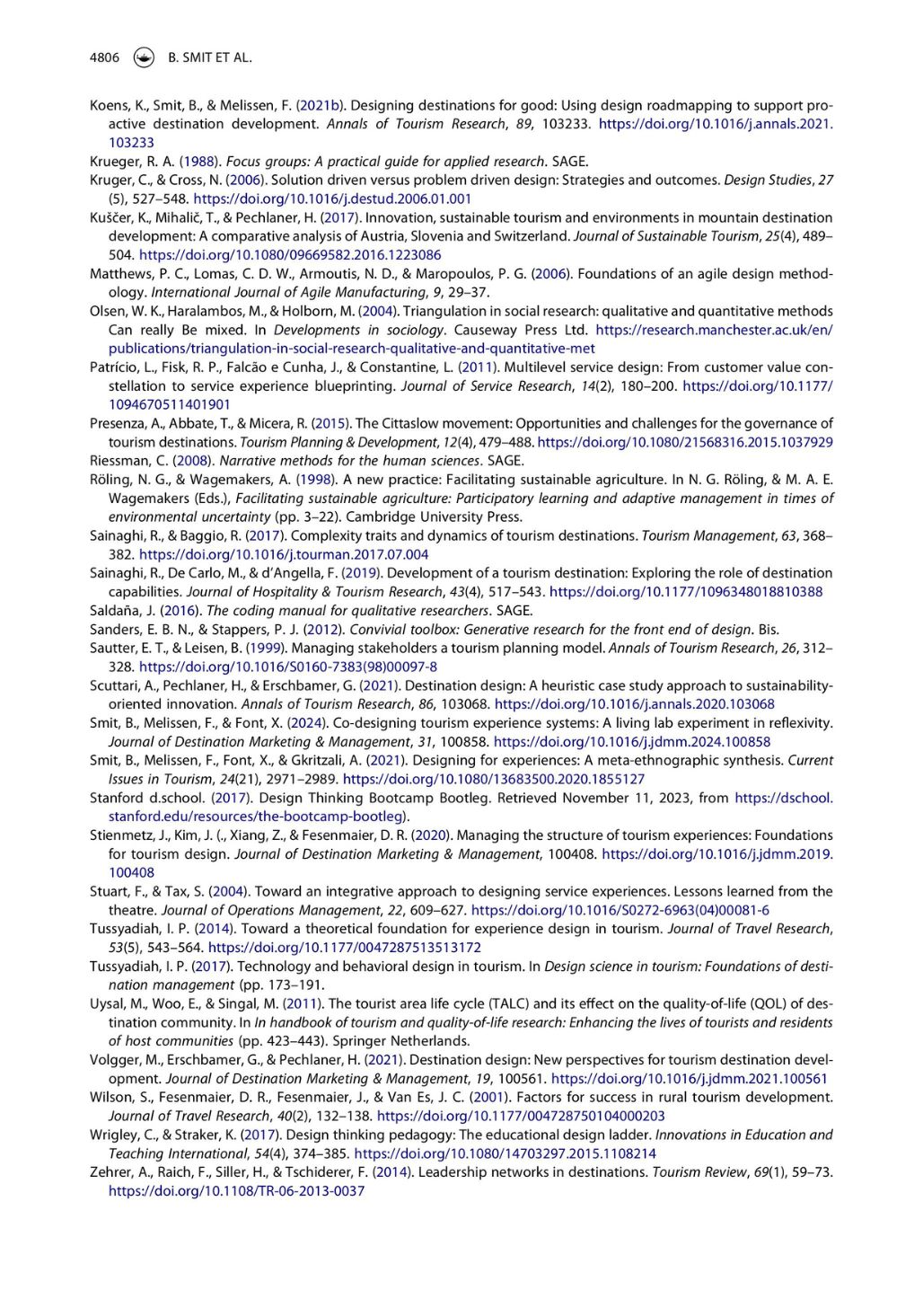

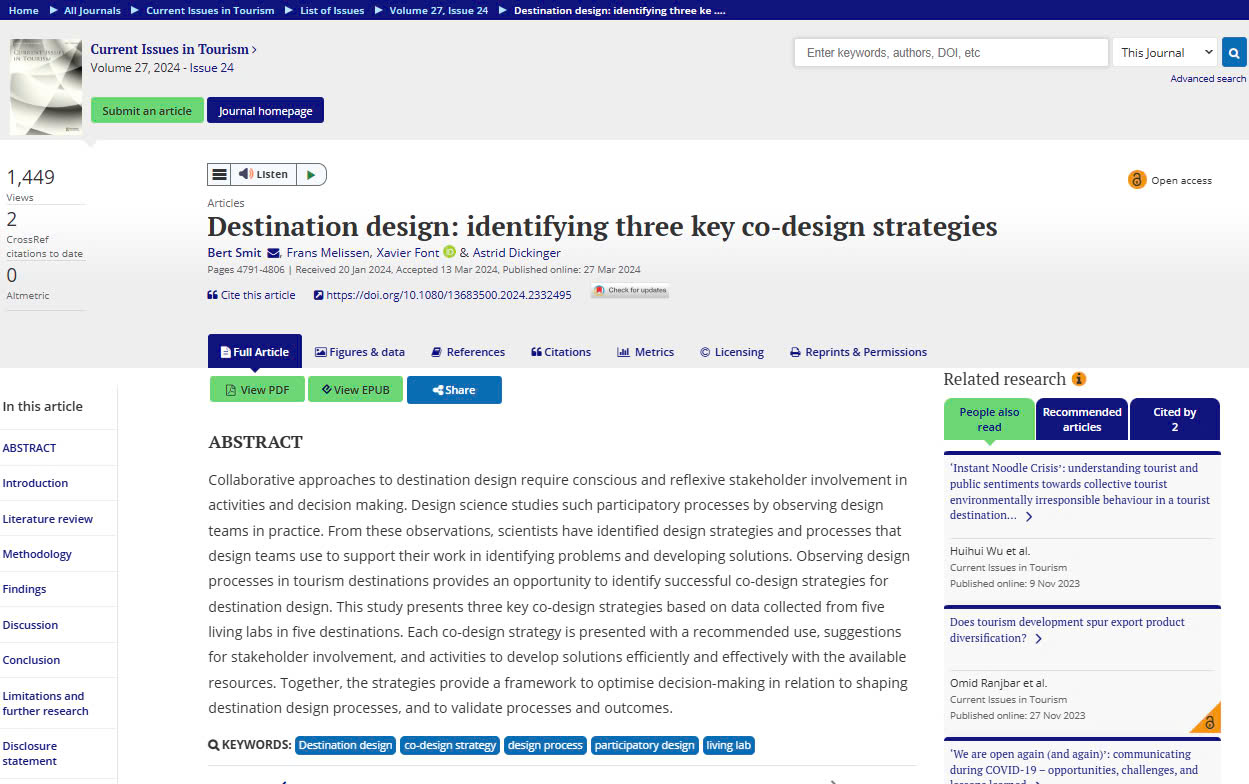
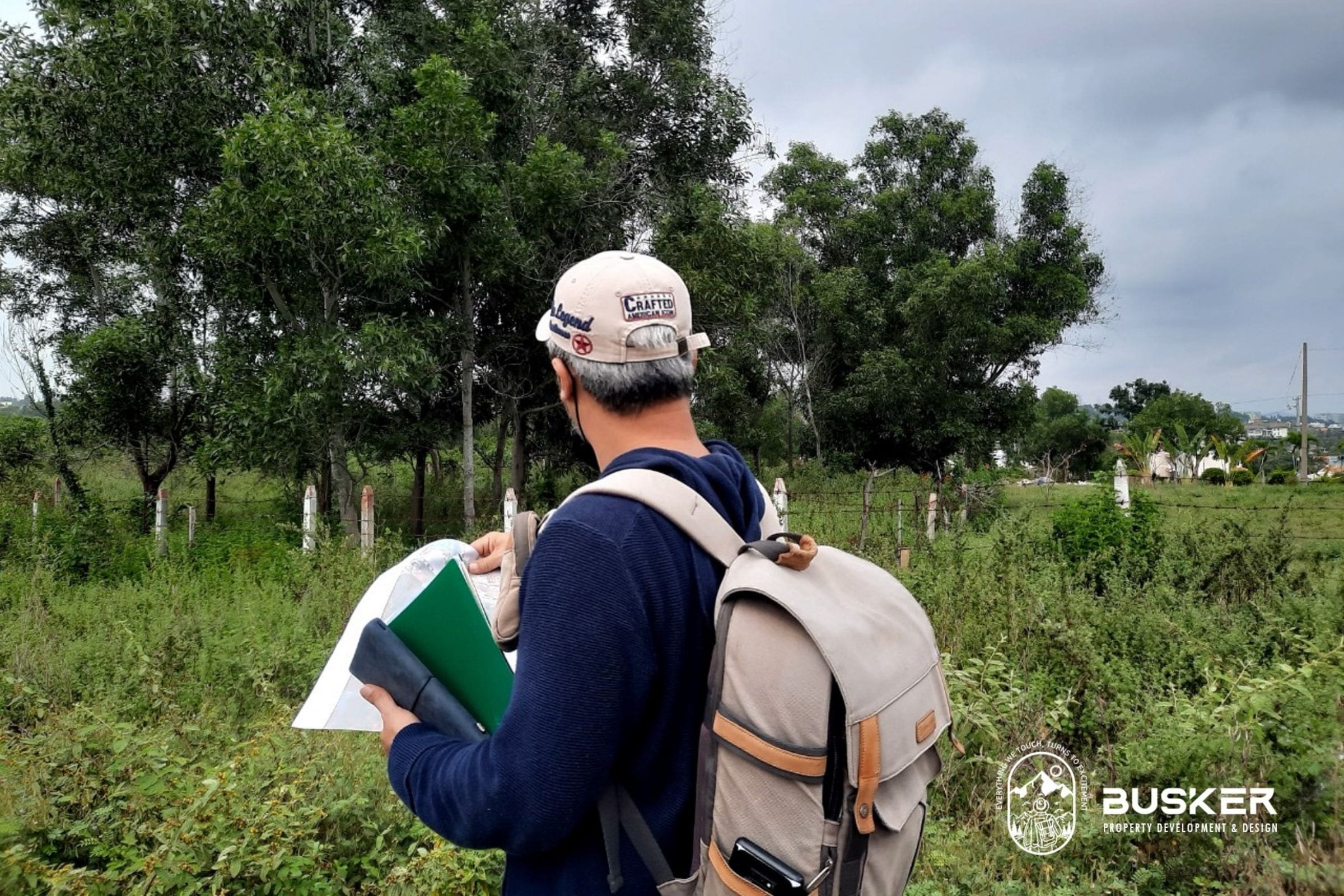












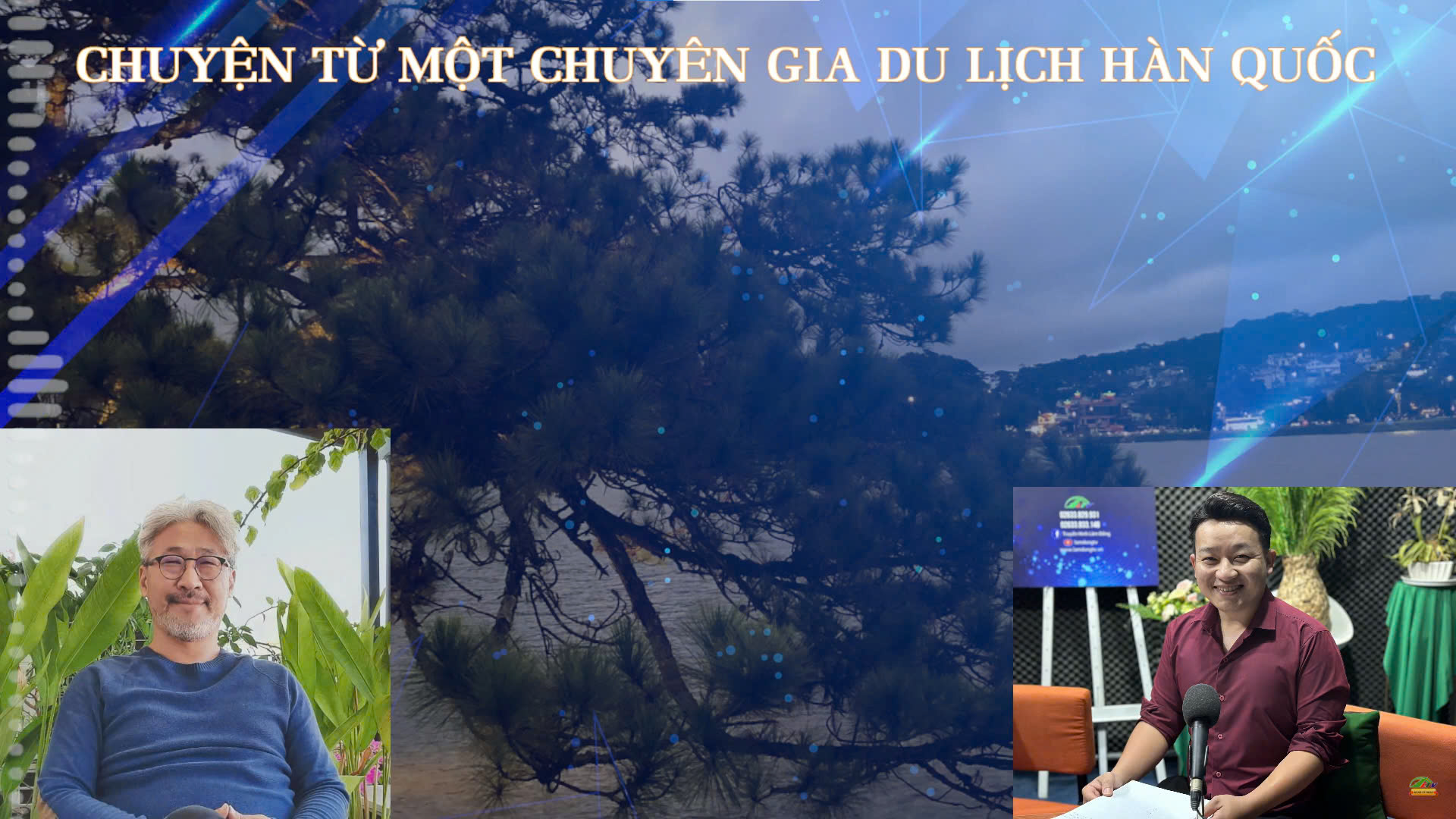
![[Category: Stories from Seoul - KBS] Travel Trends of South Koreans in Da Lat Through Insights from the Vietnam Branch Director of KOVET](https://en.smartourism.vn/uploads/images/news/kbs-world-radio-tgroup-minhtan.jpg)



